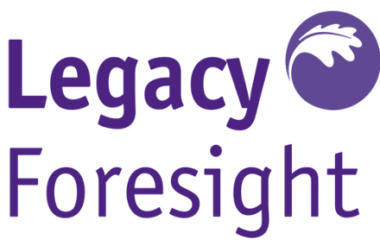Legacy Foresight has said that a 5 per cent increase in death projections taken from the latest Office for National Statistics report is “good news for legacy income” over the next five years and revised its own projections upwards.
The Office for National Statistics has just produced its latest biennial population projections, which include projected deaths to 2049/50. Its latest forecast, the first since 2015, predict there will be “5 per cent more deaths over the next five years”.
Legacy monitoring consortium Legacy Foresight has called this “good news for legacy income”, saying this means a total of “three million deaths from 2017/18 to 2021/22; up by 140,000 on previous estimates”.
It said, based on these projections, both the number of charitable bequests and overall legacy income will be 2 per cent higher than the organisation predicted in the summer. Legacy Foresight is now “anticipating 640,000 charitable bequests from 2017 to 2021, worth a total of £15.6bn to UK charities”.
Tim Yates, analyst at Legacy Foresight, said: “As part of our ongoing market analysis and forecasts, we had already anticipated an upward revision in the number of deaths. Our estimates were relatively cautious, and the new ONS projections are 2 per cent higher than our own forecasted figures.
“The new figures pose vital questions about the many possible reasons why death numbers are expected to rise to this extent. We will continue to look into why the projections have changed so greatly and what it means for our legacy market projections over the next five years.”
Conflating income and death rates ‘inaccurate’
In an article for Civil Society Voices in September, Alex McDowell group head of community development and growth at RNIB and chair of Remember a Charity, criticised reports conflating increased legacy income with rising death rates.
McDowell said doing so was “inaccurate” as it “overlooks three key factors that affect the relationship between death rates and legacy income: Administration time, average gift values and individual charity variances”.
He also said that doing so also reinforces “perceptions that our part of the sector is preoccupied with death” which can in turn lead to “a vicious cycle, fuelling fears in the public that legacy giving is a subject best avoided or left to others”.
This he argued “in turn can be a barrier to people feeling comfortable starting legacy conversations; despite the fact a legacy gift, just like any other form of donation, can only be made to a charity by the living”.
McDowell’s piece can be read in full here.
Related Articles










